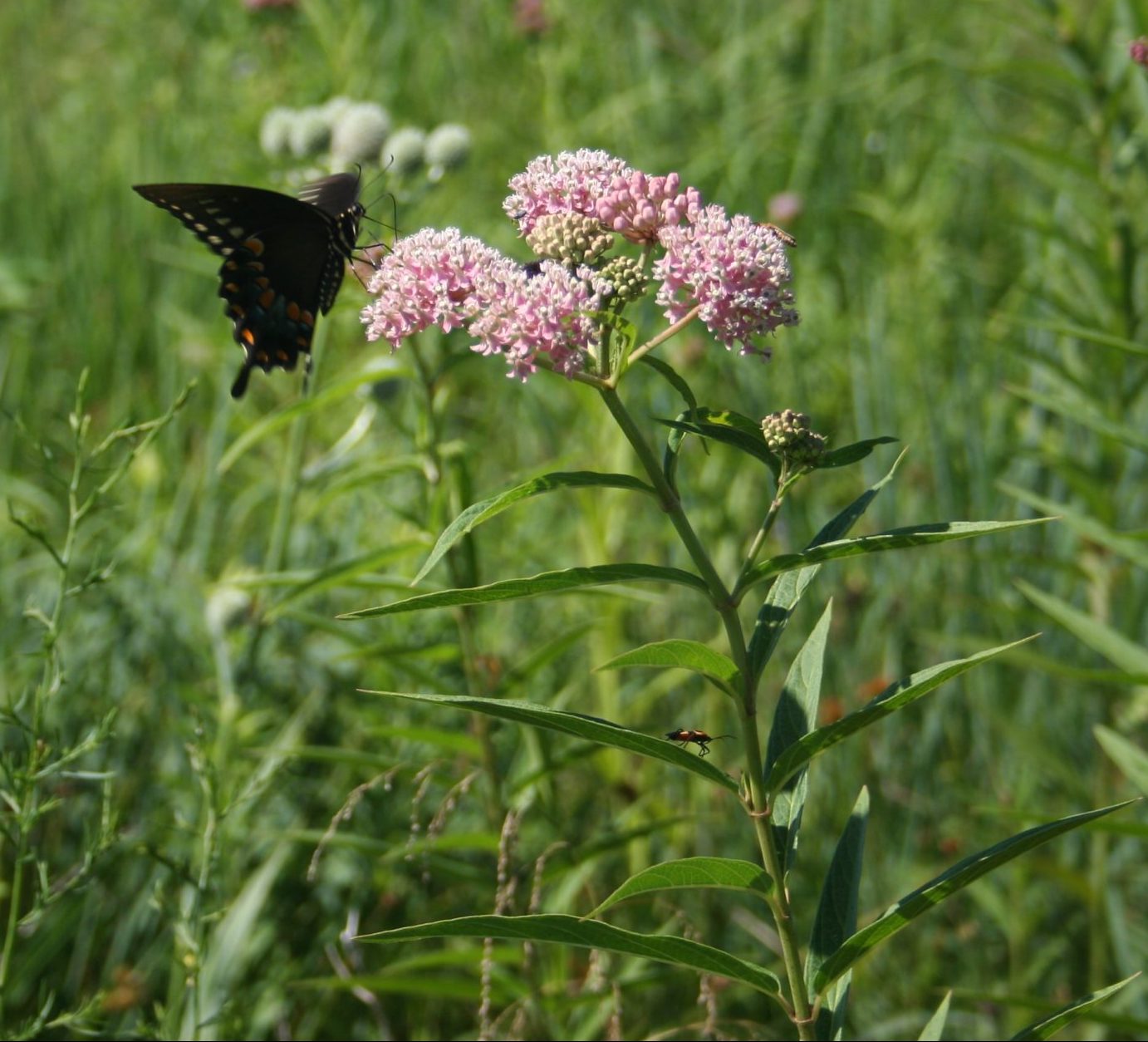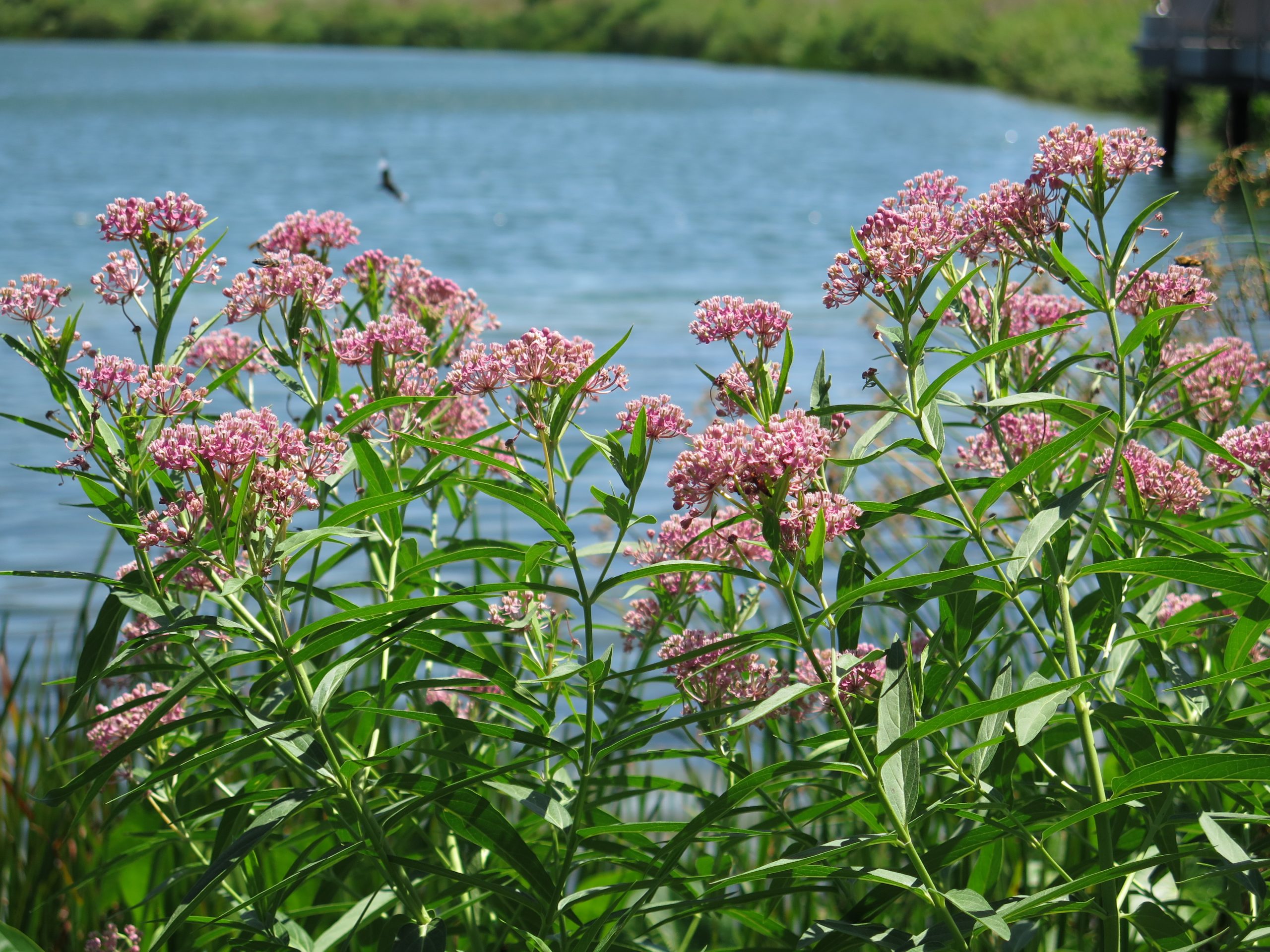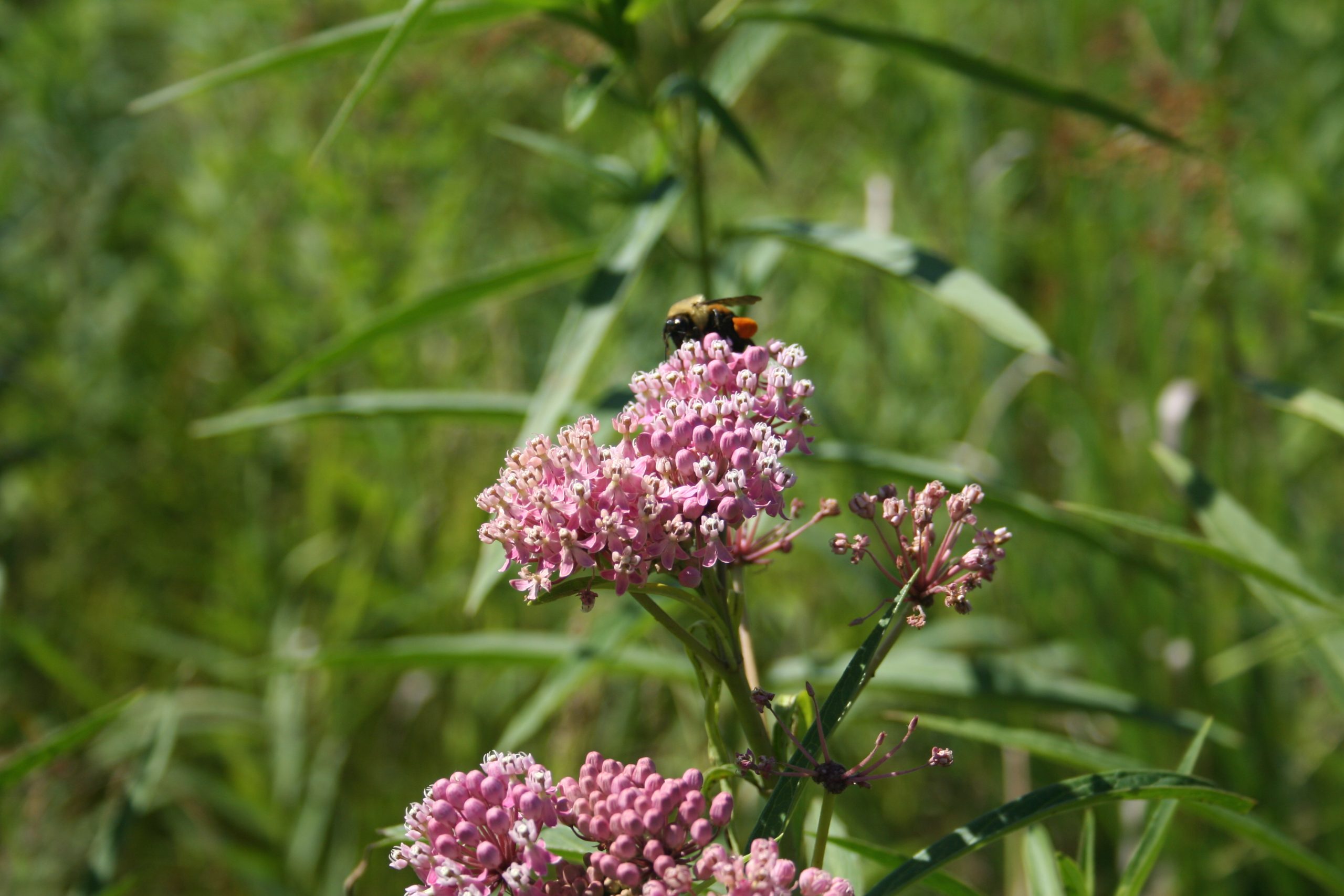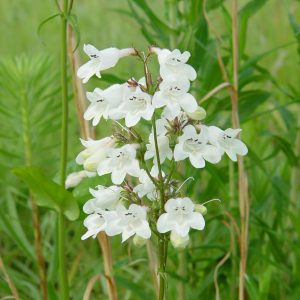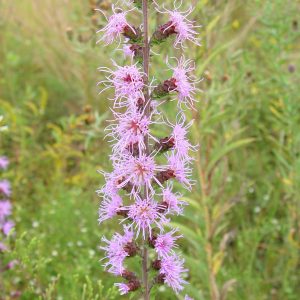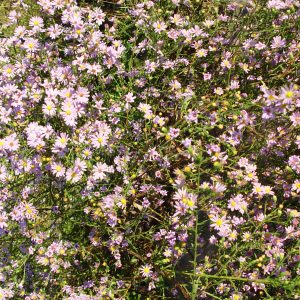Swamp Milkweed
Asclepias incarnata
Early blooming milkweed; monarch caterpillars consume the foliage; Dried bouquets are made from the stems.
$3.00 – $98.00
For quantity discount pricing, request a quote.
Description
Asclepias incarnata, commonly known as Swamp Milkweed, Rose Milkweed or Marsh Milkweed is a native perennial forb (wildflower) typically found in swamps, river bottomlands and wet meadows.
Wildlife notes
Many nectar-seeking pollinators visit Swamp Milkweed flowers including bumblebees, honeybees, native bees, wasps, flies, butterflies, and hummingbirds. A variety of insects consume the leaves and other plant parts. This includes the well-known Monarch butterfly caterpillar. Mammals dislike it due to its cardiac glycosides which are bitter and toxic. However, deer and rabbits will eat the young shoots and leaves while muskrats and other wetland mammals will consume the roots.
Forage notes
Livestock typically avoid Milkweeds due to their bitter taste.
Landscaping notes
Easily grown in medium to wet soils in full sun. Surprisingly tolerant of average well-drained soils in cultivation even though the species is native to swamps and wet meadows. Plants have deep taproots and are best left undisturbed once established. Foliage is slow to emerge in spring. Sunny borders, stream/pond banks, butterfly gardens. A good plant for low spots or other moist areas in the landscape.
Restoration notes
Habitats include open to partially shaded areas in floodplain forests, swamps, thickets, moist black soil prairies, low areas along rivers and ponds, seeps and fens, marshes, and drainage ditches. Swamp Milkweed can be found in both high quality and degraded habitats.
Videos and Articles About This Plant
To learn more about this plant, check out our videos and articles about it and its uses.
Are Milkweeds Enough for Monarchs?
Additional information
| Weight | N/A |
|---|---|
| Unit | Packet, Ounce, Pound |
| Light | Full Sun to Part Shade |
| Seeding Rate | 6 bulk lbs/acre |
| Soils | Average, Moist |
| Height | 48"-60" |
| Bloom Month | Aug, Sep |
| Color | Pink |
| Specialty Uses | Butterfly, Edible, Medicinal |
| # seeds/pkt | 200 |
| Packet coverage area | 5 sq. ft |


